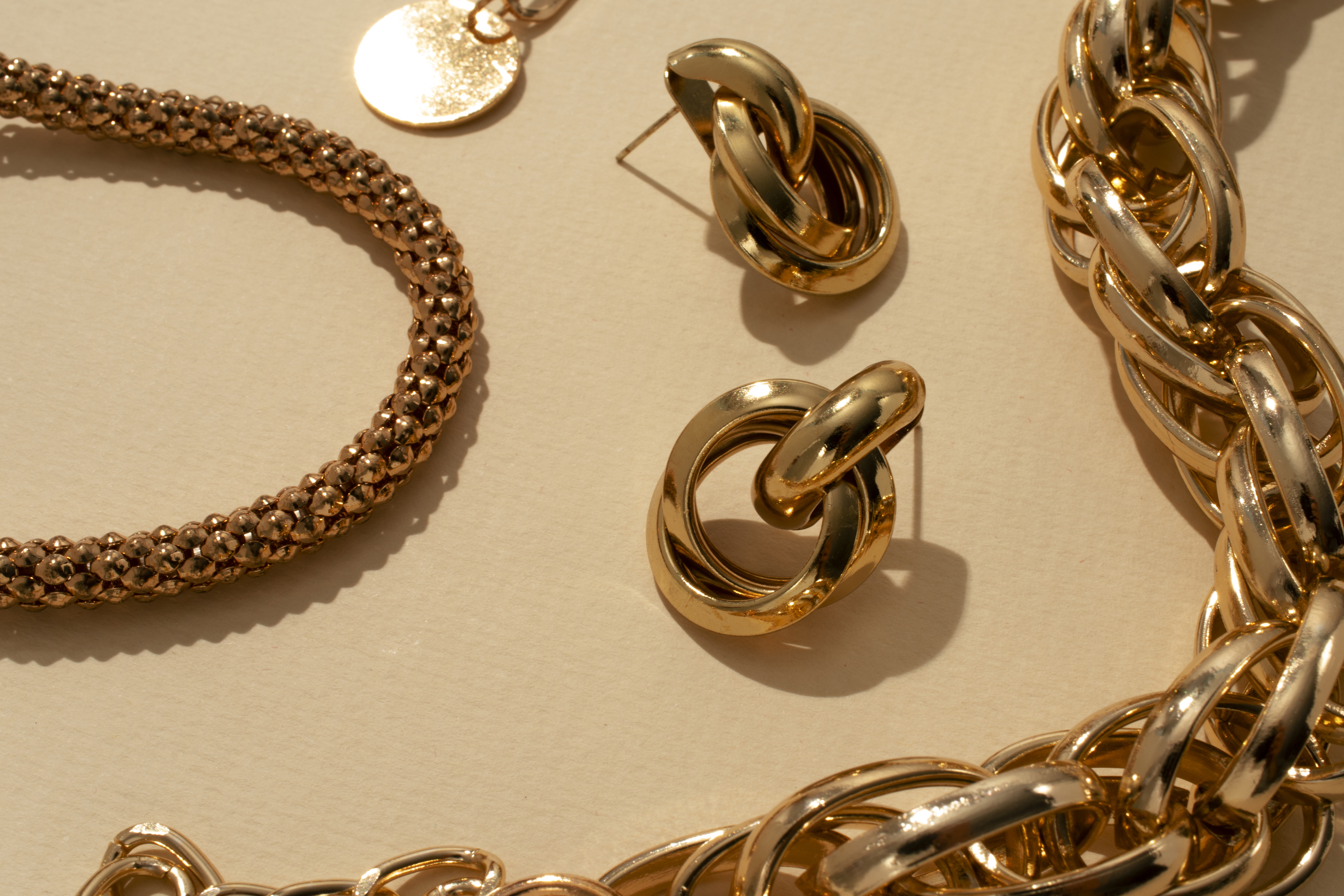Timeless Elegance: The Resurgence of Vintage Jewelry Styles
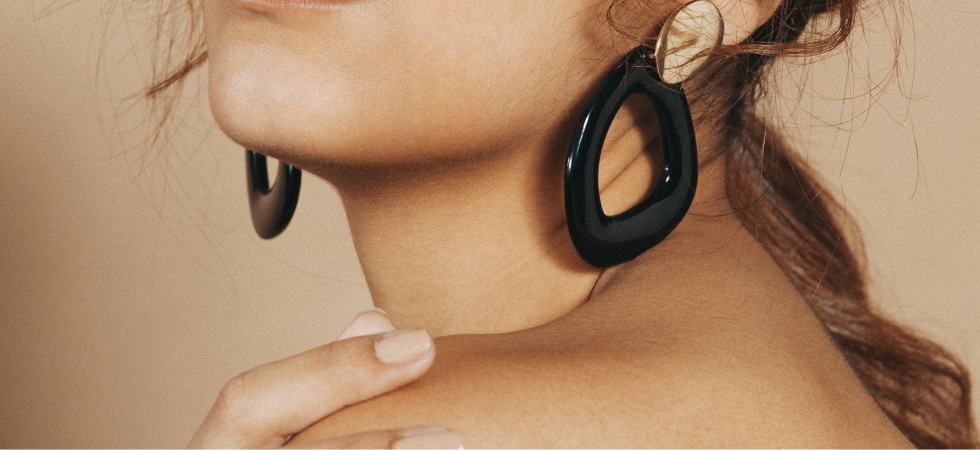
Vintage style is a whole history, encapsulated in every little element, it is the eternal return of the canonical and most popular fashion trends. Generally, vintage jewelry is considered to be any jewelry from the last century that is more than 20 years old. The 20th century was so diverse that fashion changed literally every decade, and now it cyclically returns, period after period. The surge in popularity of vintage has left irreparable imprints in the history of jewelry as well, and in this article we'll dissect the benefits of this style to fully understand its elegance.
The Appeal of Vintage Style
Vintage jewelry continues to be in great demand primarily because of the reverence for historical and cultural origins that are captured in the curve of each ring and each earring pattern. Vintage style evokes nostalgia, which is beautiful in everyone's eyes. It is this timeless elegance and nostalgia that drives people to seek out unique pieces of the past in modern styles.
Also, vintage jewelry is inherently sustainable and eco-friendly because it promotes recycling and reuse of existing materials, reducing the demand for newly mined metals and gemstones. By purchasing vintage pieces, consumers minimize the environmental impact associated with mining and production.
But above all, this style is famous for the fact that nothing pleases as much as the possibility of having a unique and one-of-a-kind pieces that as a thin thread will connect you with the past. Very often vintage gemstones and jewelry are handmade and are more intricate and complex than modern pieces. They are therefore a much more financially astute and sentimentally valuable choice.
Popular Vintage Trends
Art Deco (1920s-1930s)
The Art Deco movement emerged in the 1920s as a response to the austerity of World War I, bringing a sense of glamour, luxury, and optimism to design. Characterized by geometric symmetry, bold shapes, streamlined forms, and vibrant colors, Art Deco design influenced a range of fields, from architecture and interior design to jewelry, fashion, and graphic arts. Inspired by the machine age and modernity, it embraced materials like chrome, glass, and steel, as well as exotic materials like ivory, jade, and lacquer.
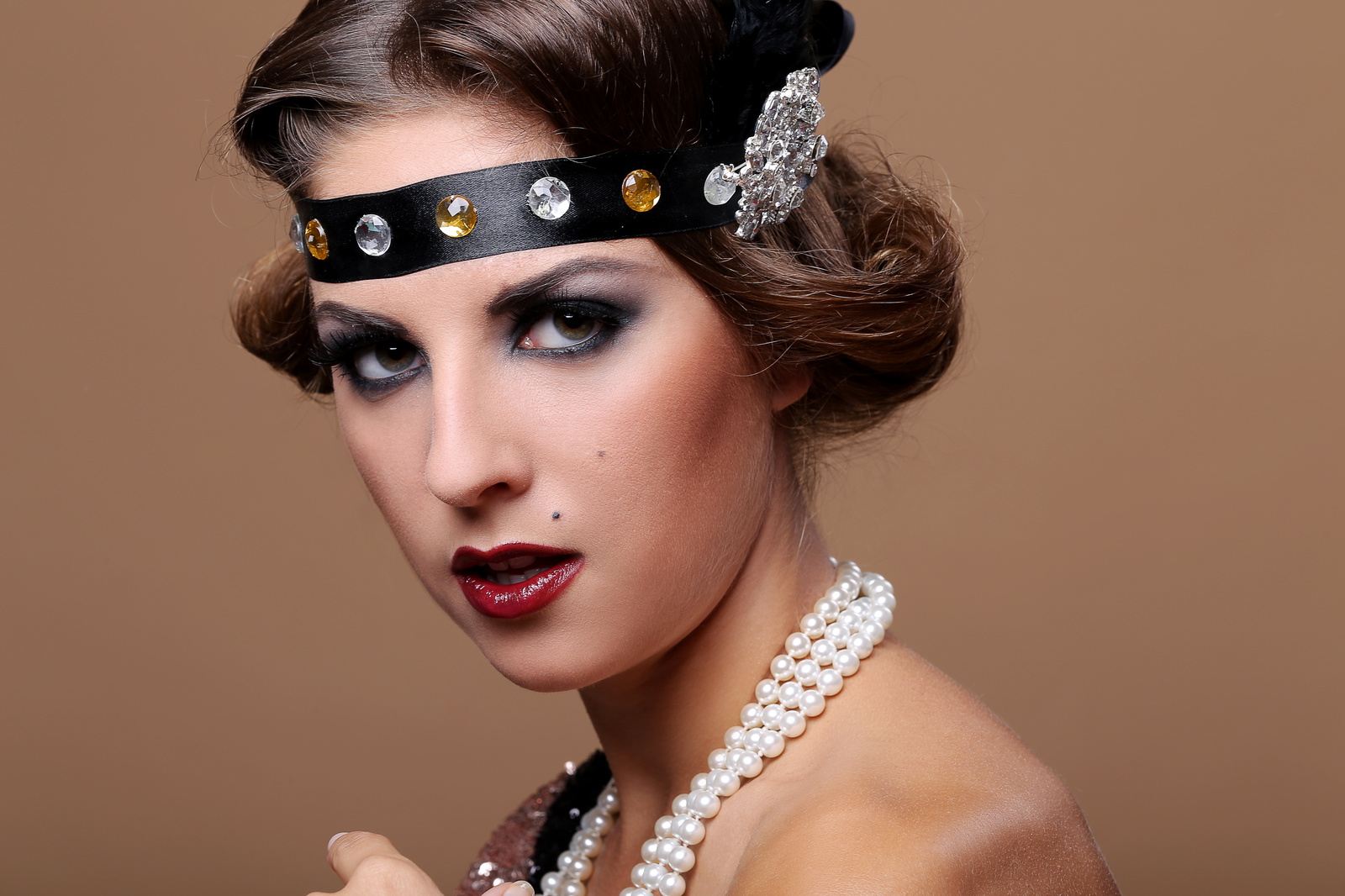
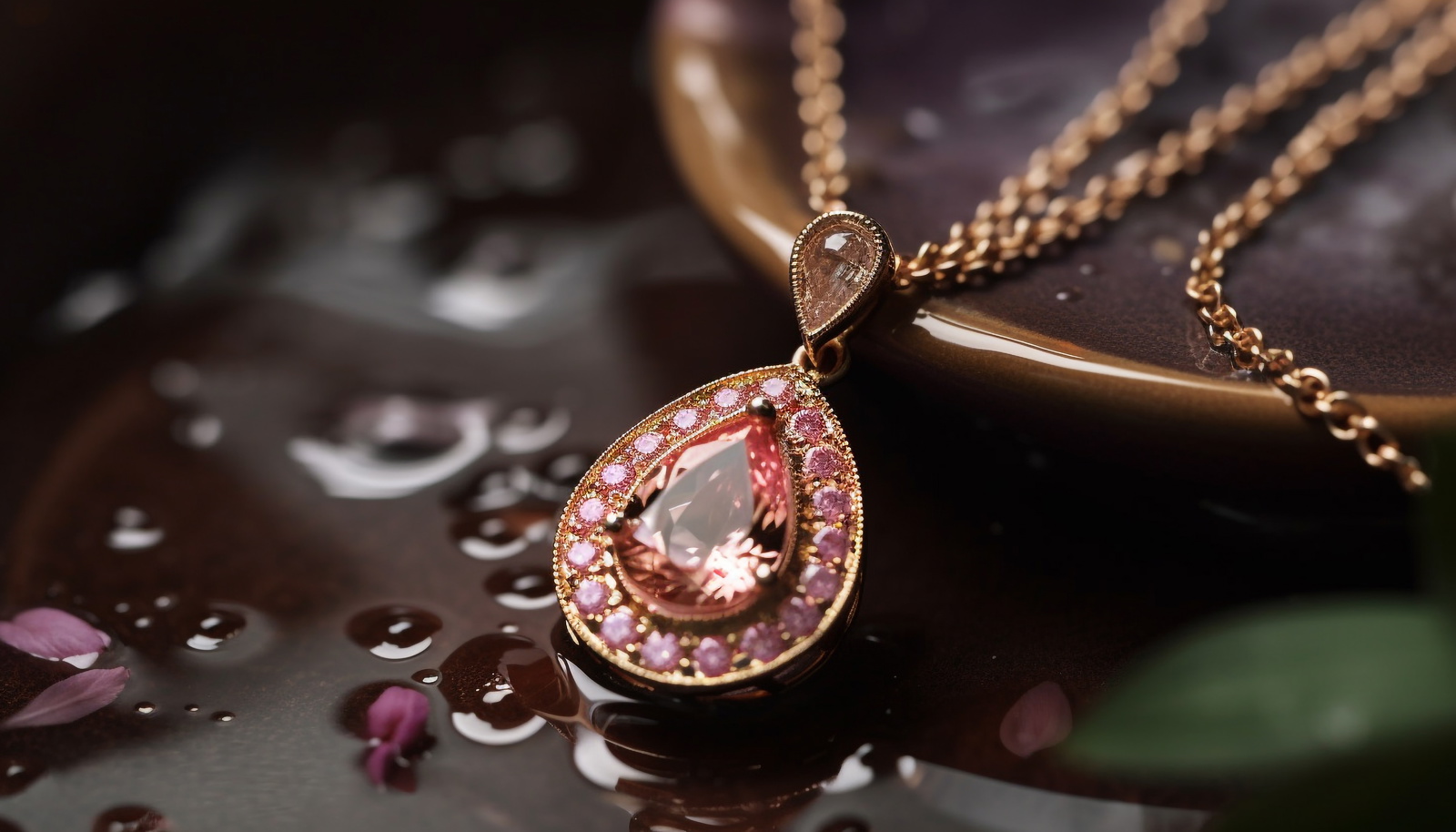
Victorian (1837-1901)
The Victorian era, spanning Queen Victoria's reign from 1837 to 1901, is renowned for its highly detailed, sentimental, and symbolic designs in art, fashion, and especially jewelry. Victorian jewelry reflected the shifting social and cultural values of the time, often incorporating symbols of romantic love, family devotion, and mourning. Popular motifs included hearts, flowers, bows, anchors, serpents, and even locks of loved ones’ hair, all used to convey emotional depth and connection.
Mid-Century Modern (1950s-1960s)
Mid-Century Modern design emerged in the post-World War II era, emphasizing simplicity, functionality, and innovation. With a focus on clean, minimalist lines, this style sought to create practical yet aesthetically pleasing designs suited to modern, postwar lifestyles. Characterized by organic shapes, gentle curves, and a lack of ornamentation, Mid-Century Modern embraced geometric and abstract forms that were both bold and approachable.
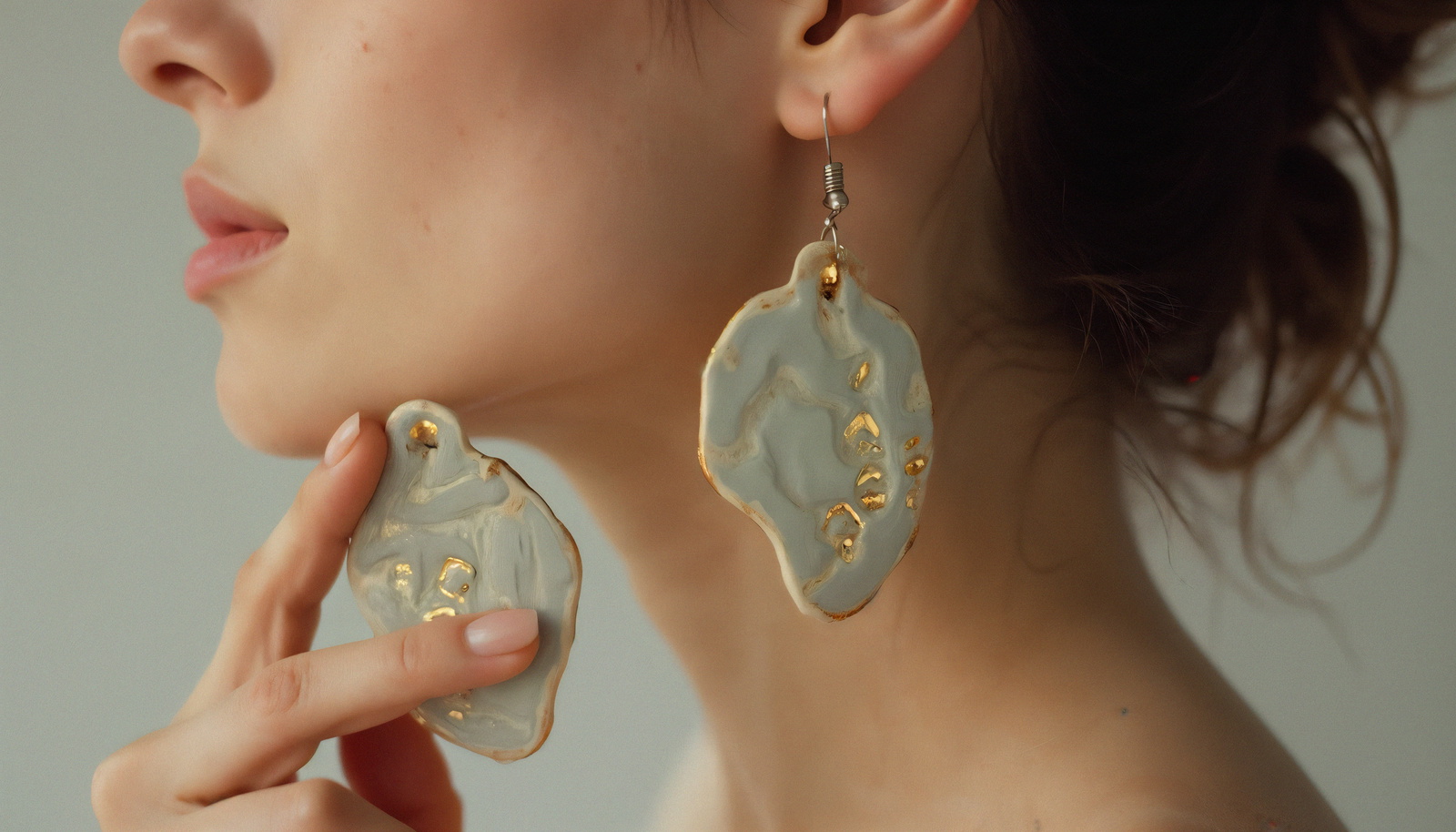

Retro Hollywood Excitement (1930s to the 1960s)
The Retro Hollywood style, spanning from the 1930s to the 1960s, captures the glitz and allure of classic Hollywood glamour. Inspired by the dazzling stars of the silver screen, this style is known for its dramatic, oversized designs and bold use of color. With the influence of cinema and celebrities, jewelry, fashion, and interior design all embraced a sense of luxury, opulence, and eye-catching appeal.
Tips for Styling Vintage Pieces
1. Mixing vintage with modern
You can confidently use vintage styles in combination with modern styles. A large vintage necklace can adorn a simple dress, while a dainty brooch can be used in combination with a plain top. Such eye-catching jewelry is on trend right now, and it can create a focal point and spruce up your appearance. With vintage jewelry, you can draw attention to your face using solid earrings for a great evening look, to your neck or arms, but it's best not to use too much eye-catching jewelry at the same time – it can create an overwhelmed look.
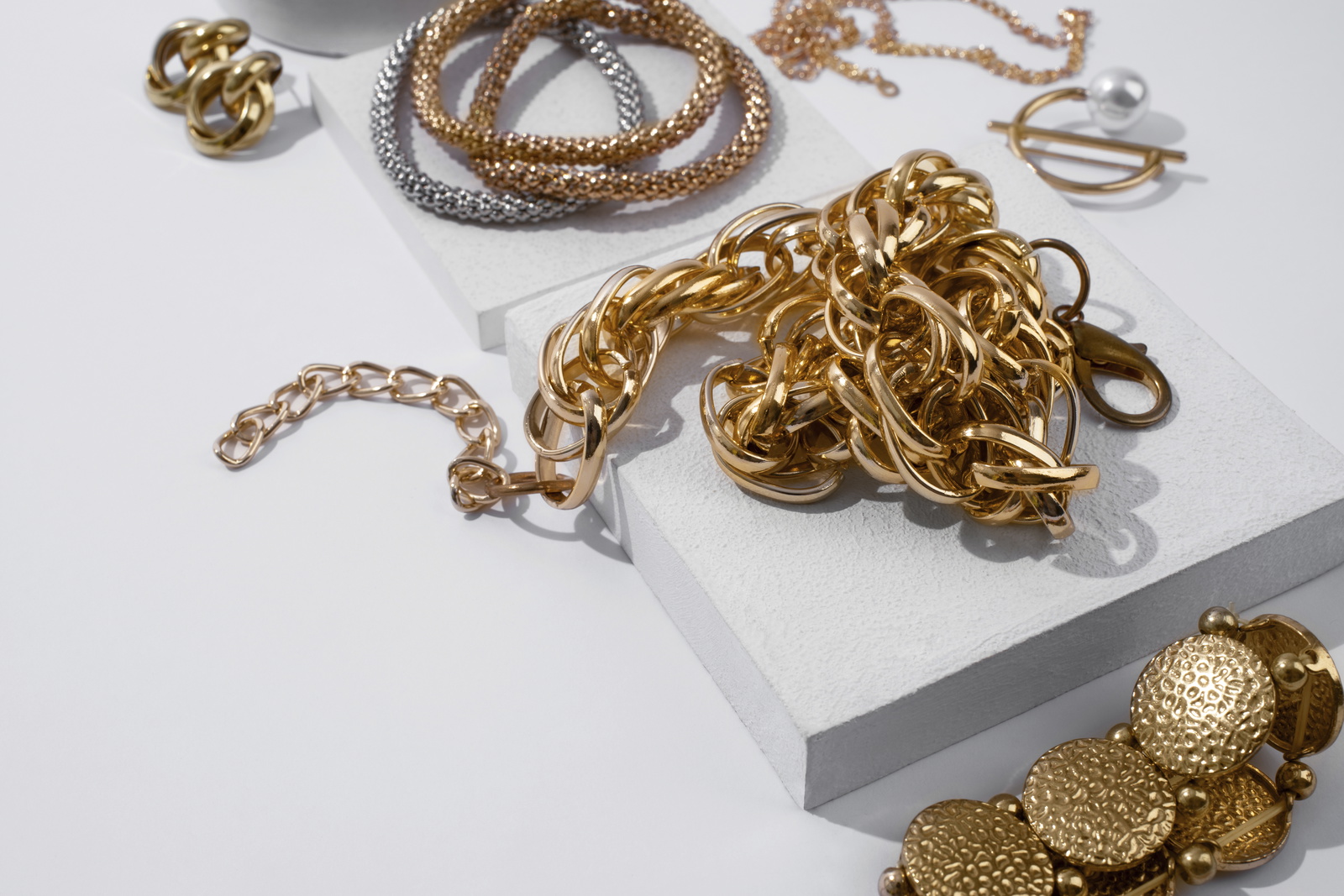
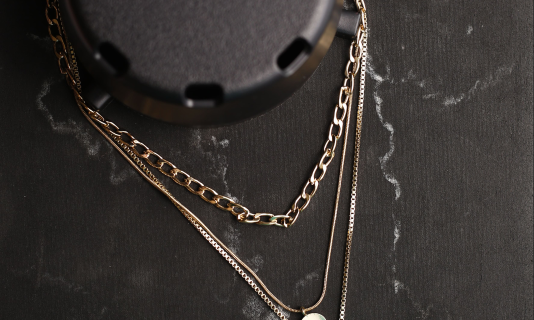
2. Accessories and layering
For the perfect stacking combination, layer one vintage jewelry piece and a few simple minimalist ones for a balance of style and eclecticism. This method can be used universally – with bracelets, rings and necklaces alike. You can boldly mix textures and materials, using solid diamonds on vintage jewelry and plain metal jewelry to maintain balance.
3. Confidence and individuality
Each vintage piece has a unique history, making it a personal statement that reflects the wearer's distinct style. Whether it's a bold Art Deco piece or a sentimental Victorian locket, vintage jewelry empowers individuals to showcase their personality and taste with confidence, celebrating timeless elegance and uniqueness.
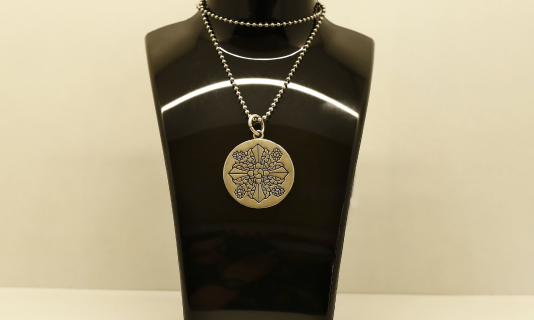
The Future of Vintage Fashion
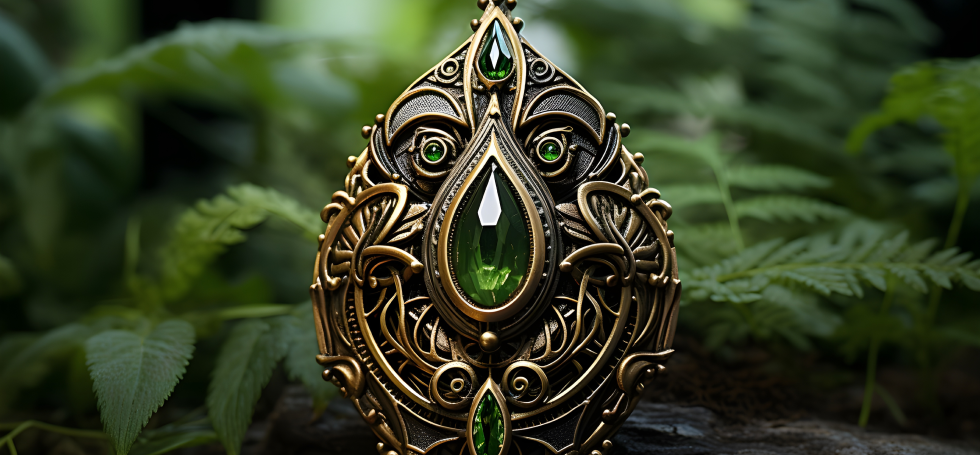
The enduring popularity of vintage fashion may indicate that the industry is choosing more and more conscious ways to use jewelry. By blazing a trail from old to modern, we are honoring the past and choosing to be environmentally responsible. As awareness of ethical fashion grows, the demand for high-quality, durable, and unique vintage pieces will likely continue to rise, solidifying its place in the fashion world for generations to come. Platforms like Instagram, TikTok, and Pinterest provide a space where influencers showcase unique vintage pieces, often inspiring their followers to embrace the trend. Model Bella Hadid often showcases vintage jewelry on her Instagram, wearing pieces from the 1990s and early 2000s. Her influence caused a revival of jewelry trends from the Y2K era, and massive gold chains and earrings and star-shaped jewelry came back into fashion. Madonna has been spotted wearing pieces from Vintaj, a brand that creates vintage-inspired jewelry from eco-friendly materials. Her influence as a style icon has drawn attention to sustainable fashion, boosting the appeal of vintage-inspired or repurposed jewelry.
Summary of the benefits of vintage style
- Individuality: Vintage pieces are often one-of-a-kind or rare, allowing wearers to express their unique personality and style.
- Sustainability: By reusing accessories from past eras, vintage fashion reduces waste and the need for new production, making it an eco-friendly and ethical choice.
- Quality: Many vintage items were made with higher-quality materials and craftsmanship compared to mass-produced modern fashion, offering durability and timeless appeal.
- Timelessness: Vintage styles often transcend trends, ensuring that pieces remain fashionable decades.
- Affordability: Vintage fashion can offer high-quality items at a lower price compared to contemporary designer brands
The popularity of vintage style is caused by a huge number of reasons, from sustainable fashion choices and waste reduction, to the beautiful irreplaceable charm – vintage jewelry offers limitless possibilities for self-expression whether you choose the fashion of the early two-thousandths or even the beginning of the last century.
You can be sure that vintage pieces will stand the test of time in terms of both quality and style, so they are definitely worth starting to explore and invest in.

